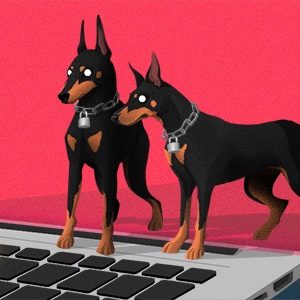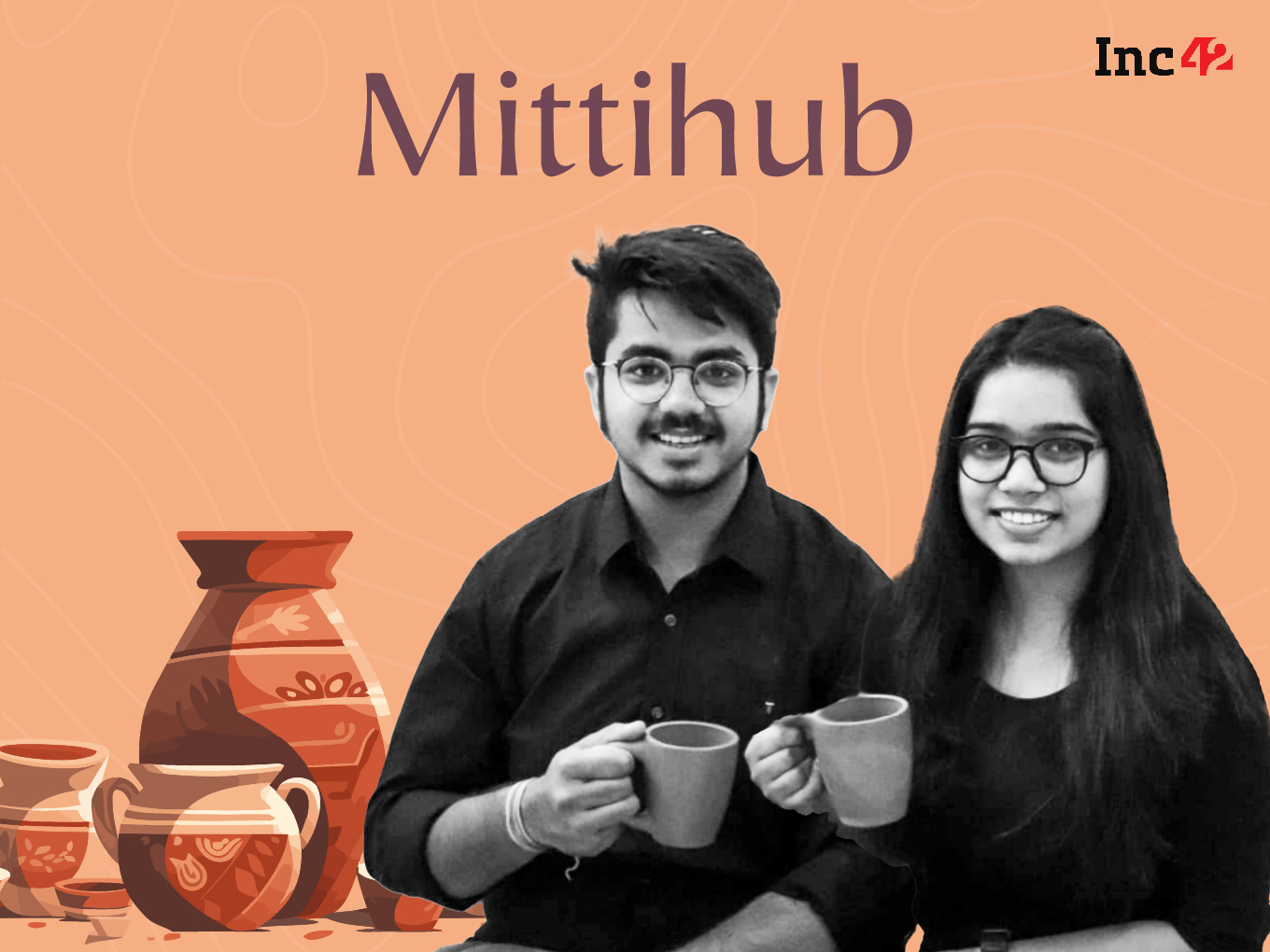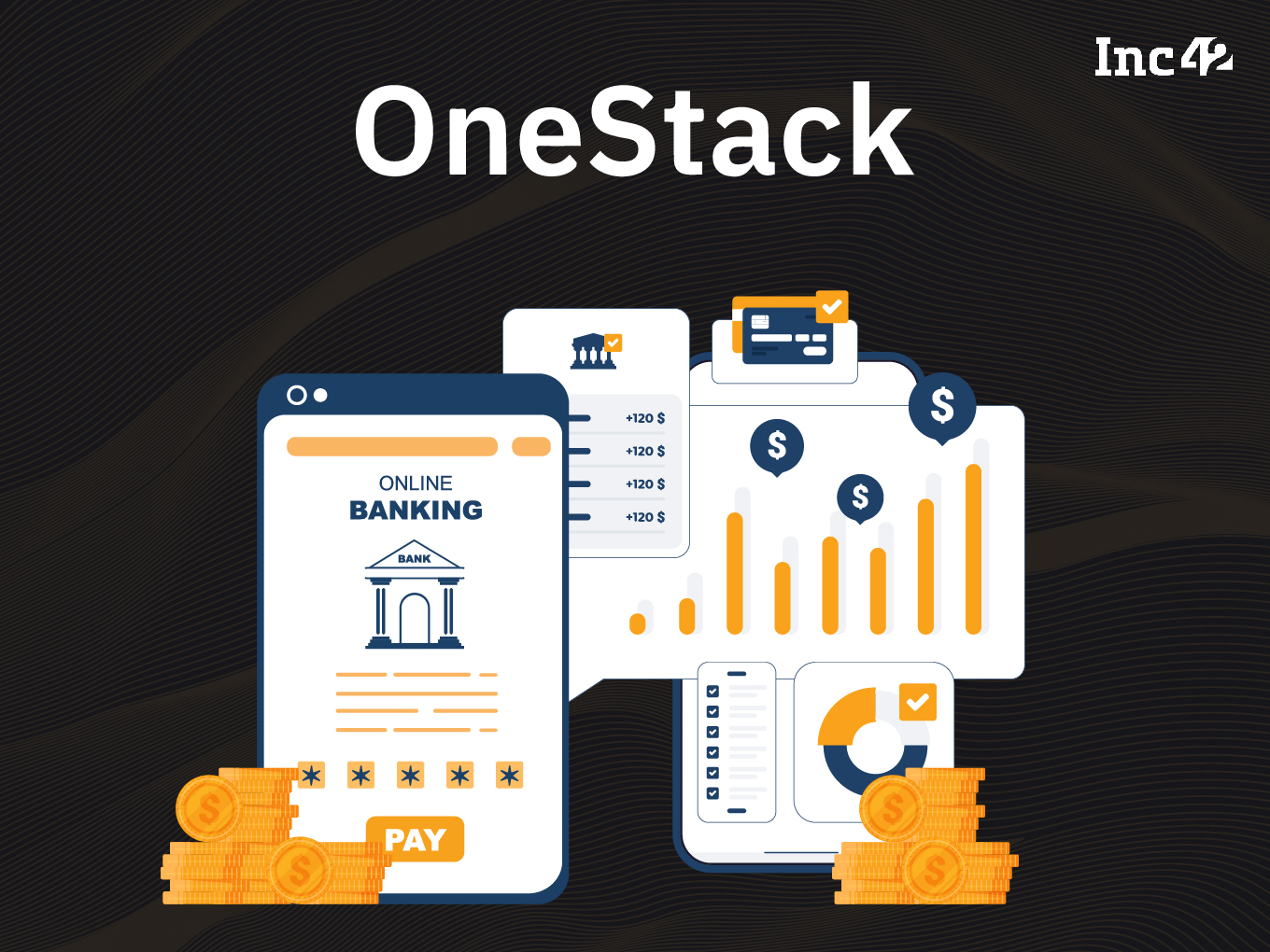Dick Hardt has often been “early to the new,” as he puts it: Microsoft Windows in 1986, neural networks in 1989, the internet in 1993, open source in 1995, and even Burning Man in 1999.
The software and startup veteran, who started such companies as Bubbler, Sxip Identity and ActiveState, and spent time at Microsoft and Amazon among other places, has been focused on internet identity for much of the last 20 years.
Calling internet identity a mechanism for people to “log in to the internet” and share verified information about themselves, Hardt said the number of passwords we have doubles every five years and that information stolen by hackers and identity theft are the two most feared crimes in the United States.
“The internet does not have an identity layer,” said Hardt, our latest Geek of the Week. Although large providers such as Google, Facebook, Amazon, Apple, and Microsoft have sophisticated authentication systems that provide a simpler, safer method for users and application or site developers, there are concerns about privacy implications or limited choice.
Hardt’s solution is a trusted service like the one he is working on now, called SignIn.org. The idea is to provide an abstraction layer, or proxy between the developer and the provider.
“The developer writes to SignIn.org, the user selects which provider they want to use with SignIn.org, and they can change providers if they want,” he said. “The user’s privacy is protected, as from the application’s point of view the provider is always SignIn.org. And from the provider’s point of view, SignIn.org is always the application.”
Hardt said that getting the internet to trust a new, central service through organization governance is unlikely to be adopted. But a technical architecture that ensures the central system can be trusted is more likely to gain acceptance.
Born in northern Idaho, Hardt grew up in northern British Columbia and studied mechanical engineering at the University of British Columbia.
Describing himself as a polymath, Hardt’s skills and interest extend beyond software and into architecture and design. He designed and managed the conversion of a small industrial warehouse to a single family home in San Francisco. When he moved to Seattle he wanted to be near the Amazon campus where he was working, so his next adventure was a high-tech condo in South Lake Union.
That condo, which he purchased as an empty shell, was designed by Olson Kundig Architects and is for sale now for $3 million. A video tour makes it look like the ultimate geek home, located in the heart of a tech hub. There are loads of gadgets and unique appliances and smart-home touches.
Hardt, who lives with his “amazing wife and crazy cute dog,” is moving on again. Since Hardt is no longer at Amazon, the couple is leaving Seattle and building out a new waterfront home south of the city in Three Tree Point.
Learn more about this week’s Geek of the Week, Dick Hardt:
What do you do, and why do you do it? I’ve been working to solve internet identity for most of the last two decades. The internet does not have an identity layer — all our information is locked up in silos. What we need is a user-centric approach to identity, what I called Identity 2.0 back in 2005. Removing the friction to share what you want to share about yourself in a trustworthy manner will be another digital transformation.
What’s the single most important thing people should know about your field? Everyone has an identity, so everyone thinks they understand what identity is, but if you ask 10 people “what is identity?” you will get 11 answers.
Where do you find your inspiration? Sharing ideas with friends and colleagues, as well as my mementos.
What’s the one piece of technology you couldn’t live without, and why? Home refrigeration. Imagine a world without fresh sour cream, cold beer, frozen burritos, or ice cream.
(Photo courtesy of Dick Hardt)What’s your workspace like, and why does it work for you? My workspace is part office, workshop, laboratory, and mechanical room. I have a bookshelf of mementos and a Joe Average painting for inspiration. I have 4K monitors and darkness when working at the screen, and a couple workbenches with bright lights when needed.
Your best tip or trick for managing everyday work and life. (Help us out, we need it.) Hitting command-space on macOS lets you launch any app, search for a document, look up a word, or do simple math.
Mac, Windows or Linux? Mac.
Kirk, Picard, or Janeway? Spock.
Transporter, Time Machine or Cloak of Invisibility? Cloak of invisibility. It is possible with known physics.
If someone gave me $1 million to launch a startup, I would … keep going on SignIn.Org.
I once waited in line for … the first iPhones in San Francisco.
Your role models: Jeff Bezos — watching him select annoying questions at an all hands and provide an unexpectedly insightful answer is inspiring. Ben Horowitz — Ben tells it like it is, admits his mistakes, and runs his firm with integrity.
Greatest game in history: “Settlers of Catan.”
Best gadget ever: Thermapen — because no one likes dry chicken.
First computer: PDP-11.
Current phone: iPhone X.
Favorite app: The Fi app for tracking our dog’s exercise.
Favorite cause: Everyone working to create a vaccine for COVID-19.
Most important technology of 2020: Zoom.
Most important technology of 2022: COVID-19 vaccine.
Final words of advice for your fellow geeks: As geeks we often select to work on something interesting, but I have found selecting to work with interesting people is much more rewarding and interesting.
Twitter: @DickHardt
LinkedIn: Dick Hardt

 3 years ago163
3 years ago163







 English (US)
English (US)